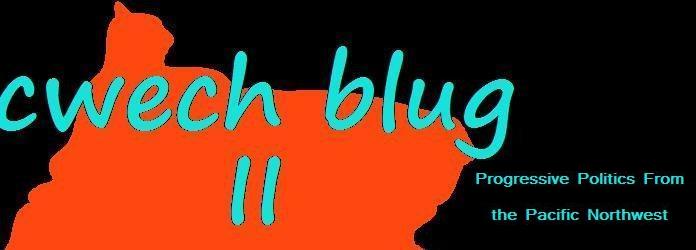Since 1886 the statue of liberty has welcomed immigrants to the United States with the famous slogan “give me your tired, your poor, your huddled masses yearning to breath free…I lift my lamp beside the golden door.” Now as the United States debates immigration, with some proposals featuring a giant fence along the Mexican border, that sentiment is threatened. What emerges from the immigration debate that we are currently engaged in will define who we are as a country for a long time to come.
The United States is in a unique position economically and geographically in the world. Very few developed nations share a significant border with a developing nation as we do with Mexico. Immigration from the developing world into the developed world is a common trend worldwide, the United States is somewhat unique because of that 2,000-mile border with a developing country. This situation makes the United States perhaps a more desirable destination for people from Latin America. Other developed nations, which also serve as destinations for immigration from the developing world do not have this geographic situation that may make immigration to the United States in particular so appealing to Hispanics seeking a better life.
There has been much debate over whether immigrants, and particularly illegal immigrants improve or harm the US economy. Some of the arguments are patently false, and need to be dismissed from the discussion, that illegal immigrants don’t pay taxes, and that they are a drain on social services in particular. In fact, illegal immigrants are ineligible for services such as food stamps, Medicaid, or welfare benefits, but do pay taxes on their income, in fact they serve as a major boost to social security since they pay the payroll tax but are ineligible for its benefits. Businesses appreciate the labor that these individuals provide, for they are very hardworking individuals who, unfortunately are not always paid the minimum wage or given the essential protections afforded to most workers. There is some wage loss due to immigration, according to George Borjas, a Harvard economist; immigration from 1980 to 2000 caused an average 4% wage decrease for US-born males. When lower prices, increased productivity, and other benefits of illegal immigrant labor are considered, Borjas estimates that the average American is 1% wealthier because of illegal immigration.
While the opportunities that people find in the United States are certainly greater than they were in Mexico the lives of these individuals hardly transforms from poverty to wealth. The Pew Hispanic Center notes that in 2004 the poverty rate in the United States among Hispanics was 22.5% compared to a 14% national average. That number includes both citizens and non-citizens; you could imagine that the non-citizen and illegal numbers would be far higher. People endure these conditions to enter the United States illegally because conditions are worse in Mexico. After the passage of the North American Free Trade Agreement, the number of Mexicans living in conditions of poverty increased by 19 million. NAFTA is not bad, the agreement has generally improved the Mexican economy, but it lacked provisions to protect low wage workers and small farmers. Some Mexicans employed full time may make as little as $2.50 a day.
Given the apparent minimal effect that illegal immigration seems to have for Americans it is the cultural implications of immigration that make it such a big issue. This is about a perceived threat to the American way of life with millions of people creeping up from the South speaking primarily a foreign language. If this is true then the issue is ultimately about isolation. Many Americans want to seal their culture off from perceived outside threats. This would explain why people are willing to support free movement of goods across borders, but not free movement of people, for tennis shoes from Malaysia bring no apparent cultural change, while socializing with a completely different culture does.
An honest approach to the immigration issue should seek greater integration, for down the road of greater integration lies the best course for the United States. We should welcome immigrants and the good work they do in this country as we have in the past, perhaps make it easier to gain citizenship for those who want it, and pursue policies that help Mexico and Latin America to improve itself, like renegotiating NAFTA and supplying aid directed towards improving infrastructure. Down this path we welcome what it different and take the cultural changes as they come while easing the desperate circumstances that drive people to risk their lives to come here. The slogan on the statue of liberty signals an attitude that built this country into what it is today, we cannot afford to abandon that sentiment now.
Tuesday, May 30, 2006
My Published Work on Immigration
Several weeks ago I was asked by the Linfield Review to write an article on immigration. I did, and it was published. I had hoped to link to that article here, but that issue of the Linfield Review seems to have not been posted on the web, so without further ado, I present to you the article, edited for one or two things that I meant to change before I submitted it but forgot.
Subscribe to:
Post Comments (Atom)





No comments:
Post a Comment